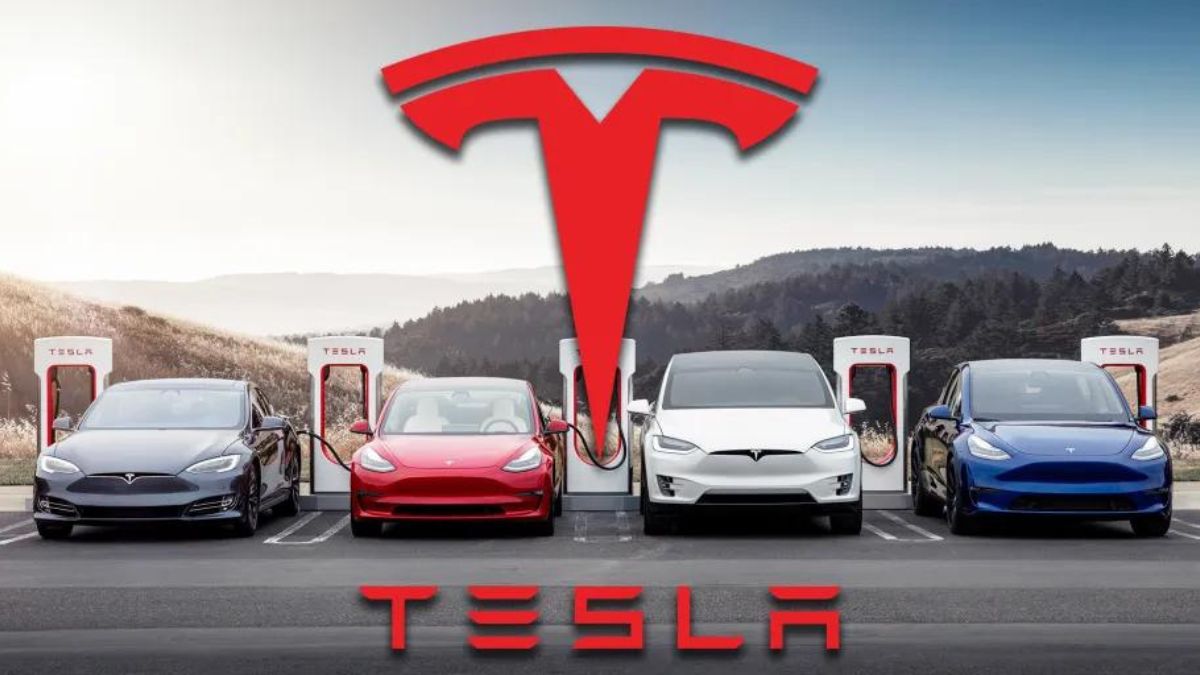
Advertisement
Tesla’s latest quarterly earnings report revealed a 7% drop in automotive revenue and weaker-than-expected earnings, causing the stock to fall over 8% in extended trading. The report highlighted the challenges facing the electric vehicle (EV) giant, including declining sales and increased competition.
Financial Performance
For the second quarter, Tesla reported:
- Earnings per share: 52 cents adjusted, below the expected 62 cents, according to LSEG consensus estimates.
- Revenue: $25.50 billion, slightly above the $24.77 billion expected.
Revenue saw a modest 2% increase from $24.93 billion a year earlier, but automotive revenue fell to $19.9 billion from $21.27 billion in the same quarter last year. This drop included a notable rise in regulatory credit revenue, which tripled to $890 million.
Tesla acknowledged “record regulatory credit revenues” due to other automakers lagging in meeting emissions requirements. Despite better-than-expected deliveries earlier this month, deliveries were down year-over-year for the second consecutive period.
Robotaxi Developments and Self-Driving Ambitions
During the earnings call, CEO Elon Musk announced a delay in the robotaxi unveiling event, now set for October 10 instead of the previously planned August 8. Musk expressed confidence in launching robotaxi services next year, despite past overly optimistic predictions. He asserted that Tesla’s self-driving technology would not face significant regulatory hurdles, contrasting it with Waymo’s more limited services.
However, reports indicate Tesla has not yet approached regulators in key states like Arizona, California, and Nevada to obtain necessary licenses for testing autonomous vehicles or operating a commercial robotaxi service.
Market Position and Challenges
Tesla remains the dominant player in the U.S. EV market but is losing ground to competitors. The company’s aging lineup and Musk’s polarizing public statements have impacted its market share. During the quarter, Tesla offered discounts and incentives in China and the U.S. to boost demand, which negatively affected profitability. The adjusted earnings margin dropped to 14.4% from 18.7% in Q2 2023.
The stock has remained relatively flat, down about 0.5% for the year as of Tuesday’s close, compared to a 20% rise in the Nasdaq. While rival automakers saw a 33% increase in EV sales in the U.S. during the first half of 2024, Tesla’s sales declined by 9.6%, according to Cox Automotive data.
Future Ventures and Political Involvement
Tesla’s energy generation and storage segment saw substantial growth, with revenue nearly doubling to just over $3 billion. The company’s Megapack and Powerwall products achieved record deployments.
Musk’s recent political activities have also been in the spotlight. He reportedly pledged substantial financial support to a political action committee backing former President Donald Trump but has not yet made any donations. The political landscape may influence consumer interest in EVs, with Pew Research noting a divide in interest between Republican and Democratic voters.
Tesla is ramping up production of the Cybertruck, aiming for profitability by the end of the year. Additionally, Musk has hinted at the future role of Tesla’s humanoid robots, with some expected to work in Tesla factories next year.
The company has paused plans for a new factory in Mexico, citing potential tariffs on Mexican-made vehicles proposed by Trump. Instead, Tesla is focusing on increasing production at existing facilities and plans to produce its robotaxi and Optimus robots at its Austin, Texas headquarters.
Financial Highlights and Investments
Tesla’s capital expenditures rose 10% year-over-year to $2.27 billion, including $600 million spent on artificial intelligence infrastructure. The company’s investment in AI and advanced technology reflects its ongoing commitment to innovation, despite the current financial and market challenges.
